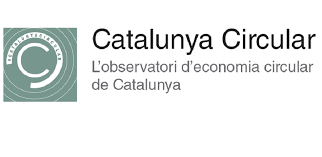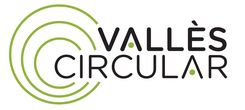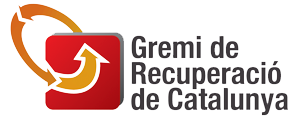Polypropylene (PP) is a thermoplastic polymer that offers a wide variety of applications, including packaging and labelling textiles, stationery, plastic parts and reusable containers of various types, laboratory equipment, speakers and components for automobiles. The polypropylene is partially crystalline, characteristic that promotes a high transparency in the final product and makes it suitable for the food packaging sector. One of the resources with the greatest potential for recycling and reuse is represented by the food containers made of bioriented polypropylene (BOPP).
The company REYNOLDS FOOD PACKAGING SPAIN SL, dedicated to the manufacture of thermoformed containers for food use, generates a polypropylene residue. In the thermoforming process of the containers, the hot PP sheet (120-140 °C) is adapted to the shape of a mold through the heat and pressurized air, then the containers (the product) are trimmed around the perimeter. Waste is generated when the containers are cut and the polypropylene rests are crushed and managed as a by-product. This is a high quality by-product because it is a post-industrial residue and it comes from the food sector.
The by-product goes to the company MELNIK, specialized in the production of plates, sheets and polymeric films for industrial uses. MELNIK mixes the by-product with the granulation of virgin material in order to introduce it in the extruder, where they will be melted to create the final products. The quality of the by-product received allows the receiving company to manufacture sheets of a certain quality produced for the food and graphic arts sectors.
The reuse of a polypropylene waste reduces the consumption of raw material (PP) for the receiving company and allows the management of a waste as a resource. Furthermore, it felicitates the two companies to comply with the requirements of their environmental management systems.







